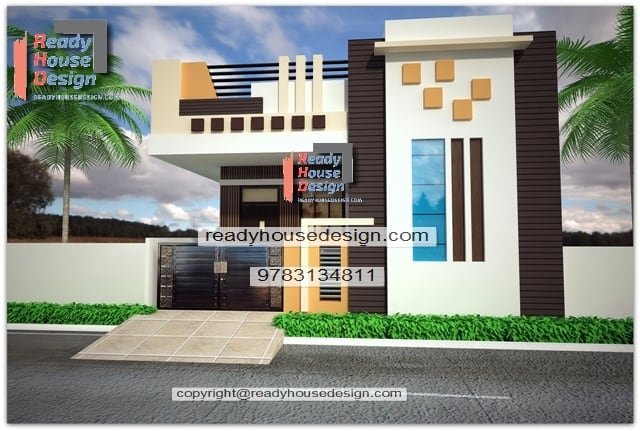
top 7 Elevation for Single Floor
This blog post provides some tips on designing an elevation for a single floor. It is not as hard as you think. A lot of people think that they need to get a whole new blueprint done to create a single floor, but that is not true. Just following tips on designing an elevation, that is all that is needed.

1. features of the building
The first thing you need to think about when designing an elevation for a single floor building is the function of the building. What will it be used for? What are the main features of the building?
Once you have an idea of what the building will be used for, you can start to design the elevation. Think about the shape of the building, the materials you want to use, and the features you want to include.
2. Create a basic sketch.
A basic sketch is a great way to start designing an elevation for a single floor building. It can help you to get a better idea of how the finished product will look.
Draw the outline of the building and then add in the features you want to include. You can also add in basic measurements to help you plan the construction of the building.
3. Think about the materials you want to use.
The materials you use for the building can have a big impact on the overall look of the elevation. Think about the style of the building and the materials that will be the best fit.
Some materials, such as stone or brick, can give a traditional
4. Use simple shapes
When it comes to designing an elevation for a single floor, it’s best to keep things simple. Use basic shapes like squares and rectangles to create a clean and cohesive design. This will make your elevation look more professional and polished.
5. Use a consistent color scheme
Using a consistent color scheme is another great way to make your elevation look more polished and professional. Choose two or three colors and use them throughout your design. This will help to create a unified look.
6. Use symmetry
Using symmetry is a great way to create a balanced and cohesive design. When you symmetry, your design will look more organized and professional.
7. Use a grid
Using a grid is a great way to keep your design neat and organized. It will also make it easier to make changes and tweaks to your design. . Think about the function of the building.
type of elevation for single floor
A lot of people will tell you that single floor homes are easier to maintain than multi-story homes. One of the reasons for that is that there is less ground area to maintain, as well as less dirt, dust, and trash to deal with. To save yourself a lot of time and headache, you may want to consider a single floor home.
Modern elevation for single floor
In the world of eccentric modern design, it is not uncommon to see residences with roofs that have no clear architectural function. The roof of a building is there to protect the structural integrity of the building and provide space underneath for storage, but it is often overlooked as a canvas for design.
It is no surprise, then, that the roof is often the most visually striking part of a building. This is a blog about modern design for single floor homes. The roof is often the most visually striking part of a building,
so it is no surprise that it is often overlooked as a canvas for design. If you want to learn more about modern design for single floor homes,

Simple elevation for single floor
Who wants to live in a home with no personality? If you are looking for a home that is easy to maintain and has a simple, elegant look, then you may be interested in floor plans that have no steps and single-story living.

Indian elevation for single floor
The Indian elevation for single floor houses is a perfect design for those looking to build a house with a single-floor. The Indian elevation for single floor houses is different from other designs and is more aesthetically pleasing.
Indian elevation is a great choice for single-story homes because it reduces the cost of building a house and it’s a perfect solution for those who can’t afford to build a two-story house. Plus, it’s an attractive choice for folks who want to escape the summer heat. Building a house? Choose Indian elevation!

Traditional elevation for single floor
If you have a single-story house, you might be wondering what you can do to really make your property stand out from the rest. People are always looking to make their homes unique, but they don’t want to demolish the original structure. Luckily, there is a way to attain that. Traditional elevation for single floor houses is just the right answer.

A single-story home is typically one of the most affordable options on the market. However, a single-story home can become boring and monotonous if you don’t make any changes. This is where the traditional elevation for a single floor of a house comes in. Traditional elevation for the single floor is a great way to make your house stand out and make it unique.

